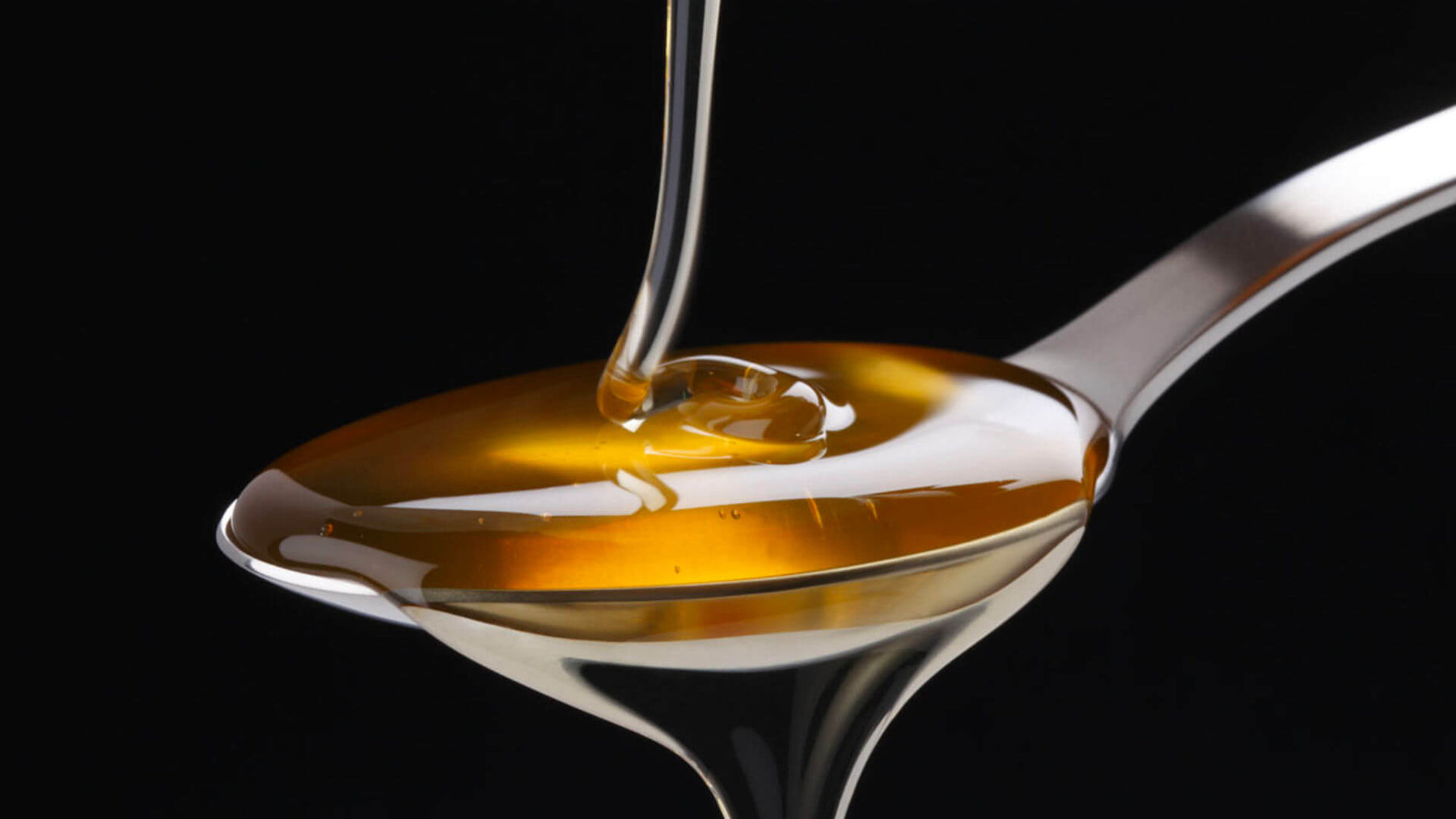
Making Your Own Clear Belgian Candi Syrup
Many home brew recipes for Belgian beers call for Belgian Candi Sugar. Candi sugar is used because:
- It boosts the alcohol content without adding body.
- It promotes fermentation by providing simple sugars that are easier for yeasts to consume.
- Depending on the amount you add and the color of the candi sugar, it can impart additional flavor and color.
Getting hold of dark candi sugar in Australia is easy, however for your lighter-coloured Belgian beers, you really need a clear sugar. Unfortunately, the clear syrup that was brought into Australia was usually already fermenting by the time it arrived at our warehouse, so the product was ultimately deleted. Never-the-less, there are ways around this….
Belgian candi sugar traditionally comes from beets while the sugar which you buy in the store comes from sugar cane. So, if they come from different sources, they must taste different, right? Well actually no, most people can’t tell the difference between the two in a blind taste test.
Table sugar is Sucrose, a combination of Glucose and Fructose. Belgian candi sugar is a crystalised form of Glucose and Fructose. This is where the difference lies – it is easy for yeast to digest fructose and glucose but it is harder for yeast to digest sucrose. The yeast will still eat the table sugar, but first, it needs to create an enzyme to break the table sugar down into fructose and glucose, and it’s this step that some people claim will impart a cidery flavour in your beer…
A cidery flavour in your Belgian beer? This is not something I’d want in my Belgian tripel so that’s a pretty definite NO to using table sugar, right? Well not quite yet.
There are 3 ways then to break down table sugar into fructose and glucose, to produce a similar result to using clear Candi sugar in your Belgian beers:
- In your brewing, simply throw the required amount of table sugar into your fermenter and let it get broken down by the yeast. However, this risks the aforementioned cidery flavor.
- You can break down sucrose with acid and heat. If you are doing all-grain or extract brewing this will simply be part of the normal process, adding the fermentables during the boiling process. For kit brewers, the best option is to steep a grain pack or two and bring the resulting wort to boil, before adding hops and sugar. By boiling your wort, the wort provides the acidic conditions and the boiling provides the heat.
- You can make inverted sugar yourself, and I’ve provided the recipe to do this below. Inverted sugar is regularly used as a substitute for Belgian candi sugar by brewers.
As always, we want to make sure that our advice is correct, so Wacol and Stafford stores are currently doing a brew each – one using sucrose, the other inverted sugar. Stay tuned for a final decision on this. Adrian is making a Belgian tripel, Jeremy at the Stafford store has done the inverted sugar method for the same recipe and it’s going to be interesting to see what, if any, flavour differences we can detect between the two.
HOW TO INVERT SUGAR
You will need a saucepan & sugar thermometer.
- Take 2 cups of water and desired sugar (1 lb)
- Put in sauce pan
- Add 1-2 teaspoons of lemon juice (it has citric acid in it or use citric acid if you got it)
- Bring to boil and start stirring
- Around 275 degrees it will turn yellow, if not add a bit more lemon juice
- If you want light Belgian candi sugar stop here once it turns yellow
- Next color it will change to is red (amber Belgian candi sugar)
- Next color is brown (dark candi sugar)
- Keep adding water to keep it at a good consistency – thick
- Stop once your color has been reached
- I would not boil past 300 degrees
- Once you get the desired color you take the pan of sugar-water, throw it on some wax paper and let it cool.
- It will harden, break up and add the inverted sugar by weight to your brew instead of the candi syrup.
